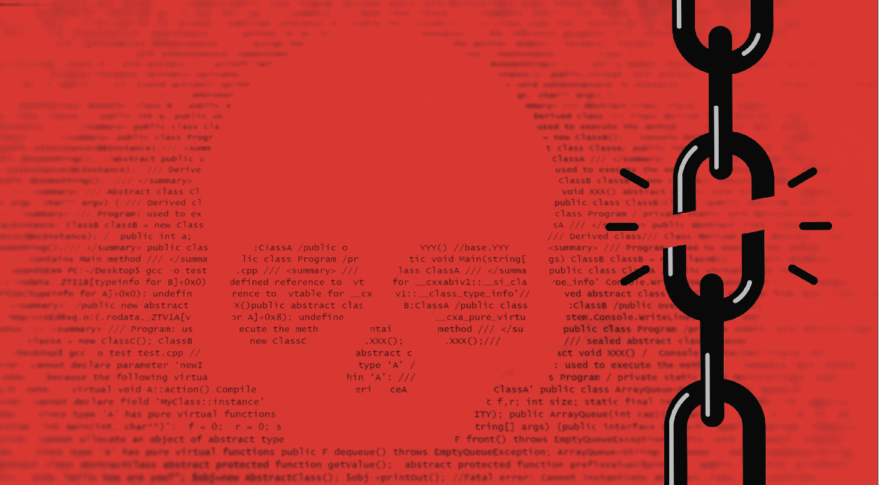
Space has become an increasingly contested domain in the past decade, with more nations testing anti space capabilities and maneuverable space monitoring capabilities. Chief of Space Operations Gen John Raymond broke line and mentioned incidents where Russian satellites performed maneuvers around classified US space assets, when traditionally incidents are kept hush to prevent the reveal of US space capabilities. This represents a shift in attitude and the start of a new era in space where most actors are in a race to develop new and more advanced assets to launch faster and faster. This necessitates growing industry cooperation with the government, but the approach to supply chain risk management must also evolve. First tier inspection of vendors is not enough and a thorough investigation of each step must be included. Diversification of supply chain sources, while adding to the burden of investigation, reduces risk that a single source of a valuable rare earth material could be choked off at a bottleneck or otherwise tampered with.
This op-ed highlights nothing already unknown to space experts, but supply chain risk and cybersecurity (or even cybersecurity and security as a whole, for that matter) are currently considered in separate bins by current operators and policy makers. A concerted effort to integrate these ideas together is important for space policy experts to push for. Supply chain risks potentially put a space vehicle (or even multiple space vehicles for multiple missions) at risk before it even makes it to orbit to begin its operations. Integrated security considerations are necessary for rapid responses to modern adversarial threats.